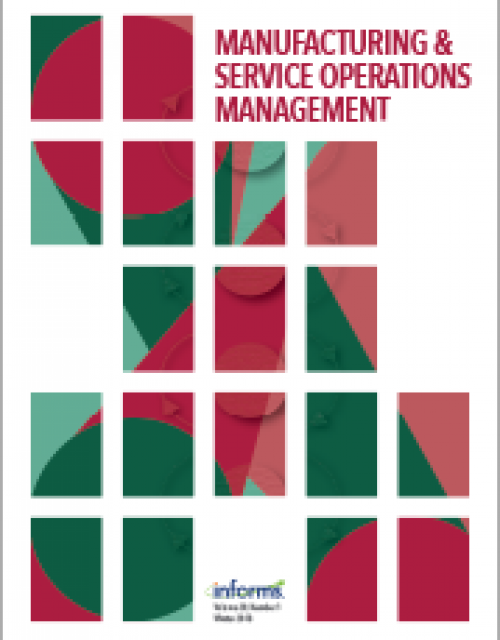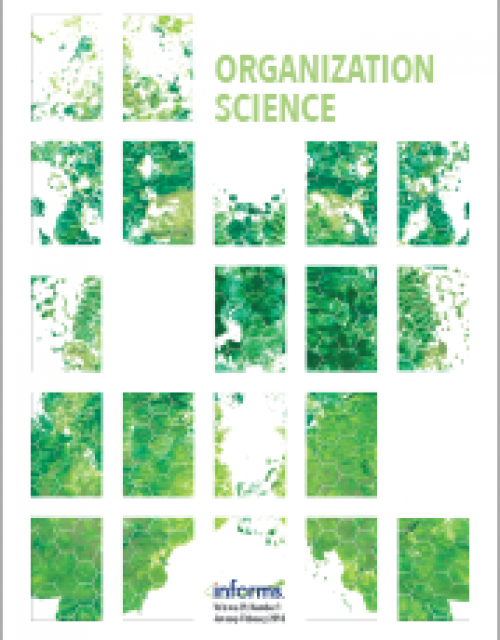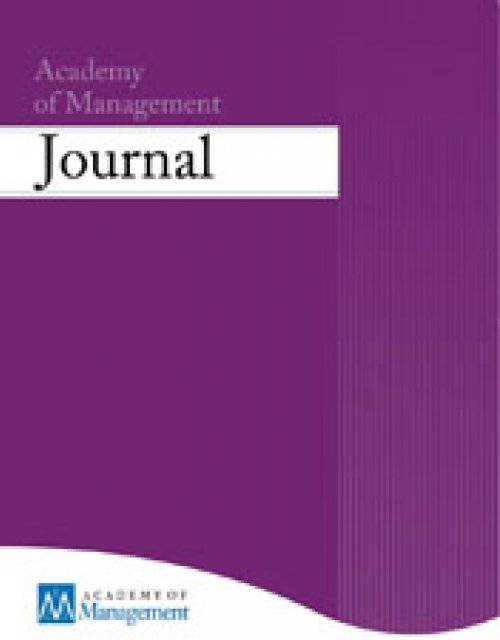Publication records
Subject(s)
Health and environment; Management sciences, decision sciences and quantitative methods; Product and operations management; Unspecified
Keyword(s)
client engagement, shared service delivery, shared medical appointments, healthcare operations, behavioral operations
Problem Definition: Clients and service providers alike often consider one-on-one service delivery to be ideal, assuming – perhaps unquestioningly – that devoting individualized attention best improves client outcomes. In contrast, in shared service delivery, clients are served in batches and the dynamics of group interaction could lead to increased client engagement – which could improve outcomes. However, the loss of privacy and personal connection might undermine engagement. Practical Relevance: The engagement dynamics in one-on-one and shared delivery models have not been rigorously studied. To the extent that shared delivery may result in comparable or better engagement than one-on-one delivery, service providers in a broad array of contexts may be able to create more value for clients by delivering service in batches. Methodology: We conducted a randomized controlled trial with 1,000 patients who were undergoing glaucoma treatment over a three-year period at a large eye hospital. Using verbatim and behavioral transcripts from over 20,000 minutes of video recorded during our trial, we examine how shared medical appointments (SMAs) – in which patients are served in batches – impact engagement. Results: Patients who experienced SMAs asked 33.33% more questions per minute, made 8.63% more non-question comments per minute, and exhibited higher levels of non-verbal engagement across a wide array of measures (attentiveness, positivity, head wobbling or ‘talai tallattam’ in Tamil – a South Indian gesture to signal agreement or understanding – eye contact and end-of-appointment happiness), relative to patients who attended one-on-one appointments. Managerial Implications: These results shed light on the potential for shared service delivery models to increase client engagement and thus enhance service performance.
© 2023, INFORMS
Volume
26
Journal Pages
154–166
ISSN (Online)
1526–5498
ISSN (Print)
1523-4614
Subject(s)
Economics, politics and business environment; Human resources management/organizational behavior; Management sciences, decision sciences and quantitative methods; Strategy and general management
Keyword(s)
ambidexterity, brokerage, market crises, networks, structural holes
We examine how crisis conditions affect the link between structural holes and organizational performance. Since brokerage offers early access to diverse perspectives and autonomy in exchange relations, the benefits of brokerage should rise when crises erupt. However, evidence on the subject has been inconclusive, raising the question of whether crisis actually imposes a boundary condition on structural hole theory. Using longitudinal data on investment banks, and exploiting the 2000 dot.com crisis as well as the 2008 financial crisis, we explore whether crises moderate the favorable effect of brokerage on performance. Our results reveal that only exclusive, and not shared, structural holes are advantageous for performance, as they facilitate ambidextrous responses to crisis. Implications for brokerage theory and for new research on crisis are discussed.
© 2023 John Wiley & Sons Ltd.
Volume
44
Journal Pages
3122–3154
Subject(s)
Human resources management/organizational behavior
Keyword(s)
error management, psychological safety, automation
Volume
2023
Journal Pages
16–23
Subject(s)
Human resources management/organizational behavior
Keyword(s)
networks, complementarity fit, innovative performance
ISSN (Print)
0017-8012
Subject(s)
Diversity and inclusion; Human resources management/organizational behavior; Management sciences, decision sciences and quantitative methods; Strategy and general management
Keyword(s)
luck, chance models, attribution biases, behavioral strategy, the Carnegie school,
Matthew effect, simulation
Matthew effect, simulation
Volume
14
Journal Pages
1157527
Subject(s)
Finance, accounting and corporate governance
Keyword(s)
accounting quality, inflation, internal information systems, investment
JEL Code(s)
E22, E52, M41
Volume
76
Journal Pages
101632
Subject(s)
Entrepreneurship; Technology, R&D management
Keyword(s)
Autonomy, teams, ideas, entrepreneurial performance, natural field experiment
Scholars have suggested that autonomy can lead to better entrepreneurial team performance. Yet, there are different types of autonomy and they come at a cost. We shed light on whether two fundamental organizational design choices—granting teams autonomy to (1) choose project ideas to work on and (2) choose team members to work with—affect performance. We run a natural field experiment involving 939 students in a lean startup entrepreneurship course over 11 weeks. The aim is to disentangle the separate and joint effects of granting autonomy over choosing teams and choosing ideas compared to a baseline treatment with pre-assigned ideas and team members. We find that teams with autonomy over choosing either ideas or team members outperform teams in the baseline treatment as measured by pitch deck performance. The effect of choosing ideas is significantly stronger than the effect of choosing teams. However, the performance gains vanish for teams that are granted full autonomy over choosing both ideas and teams. This suggests the two forms of autonomy are substitutes. Causal mediation analysis reveals that the main effects of choosing ideas or teams can be partly explained by a better match of ideas with team members’ interests and prior network contacts among team members, respectively. While homophily and lack of team diversity cannot explain the performance drop among teams with full autonomy, our results suggest that self-selected teams fall prey to overconfidence and complacency too early to fully exploit the potential of their chosen idea. We discuss the implications of these findings for research on organizational design, autonomy, and innovation.
© 2021, INFORMS
Volume
34
Journal Pages
2097–2118
Subject(s)
Finance, accounting and corporate governance
Keyword(s)
aggressive reporting; restatements; returns; compensation; SEM
JEL Code(s)
M40, M41
Volume
98
Journal Pages
153–183
Subject(s)
Entrepreneurship; Strategy and general management; Technology, R&D management
Keyword(s)
startup human capital, STEM labor markets
Volume
2023
Subject(s)
Diversity and inclusion; Strategy and general management; Technology, R&D management
Keyword(s)
gender, status, networks, tie formation, geographic proximity, network proximity, patents
Extant research has shown that it is harder for women than for men to form high-status connections in the workplace. Extending this line of research, we examine how two structural factors – geographic and network proximity – affect men’s and women’s chances of forming high-status connections. Using data on the formation of collaboration ties with star scientists within the R&D laboratories of the forty-two largest pharmaceutical companies between 1985 and 2010, we show that women who are geographically co-located with a “star” colleague are less likely to form a tie with that colleague than male peers who are similarly co-located, and this difference persists irrespective of the star’s gender. Conversely, women benefit more than men do from network proximity, as indicated by the presence of common third-party ties, and this difference widens if the star colleague is also a woman. By illuminating how geographic and network proximity affect the chances of forming high-status connections differently for women than for men, our study goes beyond the notion that women have reduced access to workplace social capital and expands consideration to the structural factors that underpin – amplify or reduce – that disadvantage.
With permission of the Academy of Management
Volume
66
Journal Pages
1501–1528


